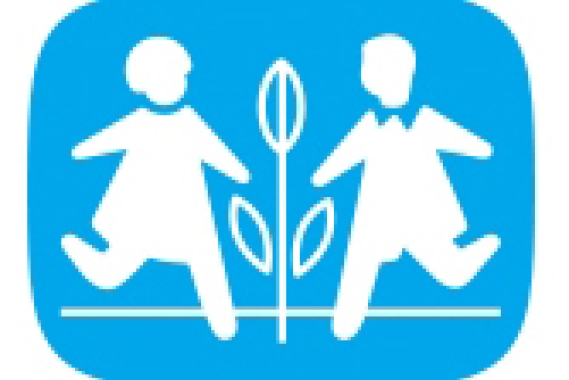Safe Haven for AIDS Orphans in Nepal Faces Closure

A home for HIV-positive orphaned children in Nepal is facing closure as funding dries up.
Raj Kumar Pun, a local school teacher, runs the home. Mr. Pun and friend Uma Gurung (a fellow teacher) started the orphanage three years ago when they saw a story about orphaned children in a local paper.
When it turned out that schools did not want to accept the HIV-positive youngsters, he built a school for them, too, divvying up teaching responsibilities with those who were willing. The government pays for the children’s medication. The rest is paid for by Mr. Pun, who using his own salary, reports the Associated Press.
Now, ten children aged three to ten live and attend school at the Saphalta HIV Shiksya Sadan School. But, Mr. Pun has been forced to sell the home as bills threaten to overwhelm. The residents must vacate the property by the end of October. Where the children will live and learn afterward remains unknown.
This remarkable man’s efforts are in jeopardy—as are the safety and wellbeing of the orphans for whom he cares.
According to data from the United Nations Children’s Fund (UNICEF), 650,000 children in Nepal are orphans, though data on the number who are HIV-positive has not been published by the organization. An estimated 0.4 per cent of the adult population—64,000 people—were living with HIV, as of 2009.
Nepal is among the countries praised for success in reducing child mortality levels—even without economic growth or poverty alleviation, reports The Guardian. But economic insecurity can cause some parents to sell their children to child traffickers; other children are kidnapped and sold.
Last year, US government officials worried that as many as 90 per cent of children living in orphanages have been sold by child traffickers, while ten per cent are genuinely abandoned, NPR reported in May, 2011.
HIV and AIDS continue to threaten the health and lives of some of the country’s most vulnerable children. Among them are young girls trafficked into the commercial sex industry in Nepal. One study found that girls trafficked from Nepal to India before the age of 15 and then rescued and repatriated to their communities had a 60 per cent rate of HIV prevalence.
The myth that sex with a young girl can cure HIV is a gateway for sexual violence against the girl-child in several areas of the world, including Nepal. Some 20,000 girls, some as young as nine years old, are trafficked from Nepal each year. Most—as many as three-quarters, will end up in India’s brothels, wrote the Huffington Post earlier this year.
Recently, the charity Dalit Mahila Jankalyan Sansthan came to at the centre of an investigation by the Bihar Commission for Protection of Child Rights (BCPCR). Members of the charity are alleged to have sexually exploited a trafficked Nepalese girl; others are accused of participating in the organization of forced marriages of rescued girls and women, reports the Times of India.
